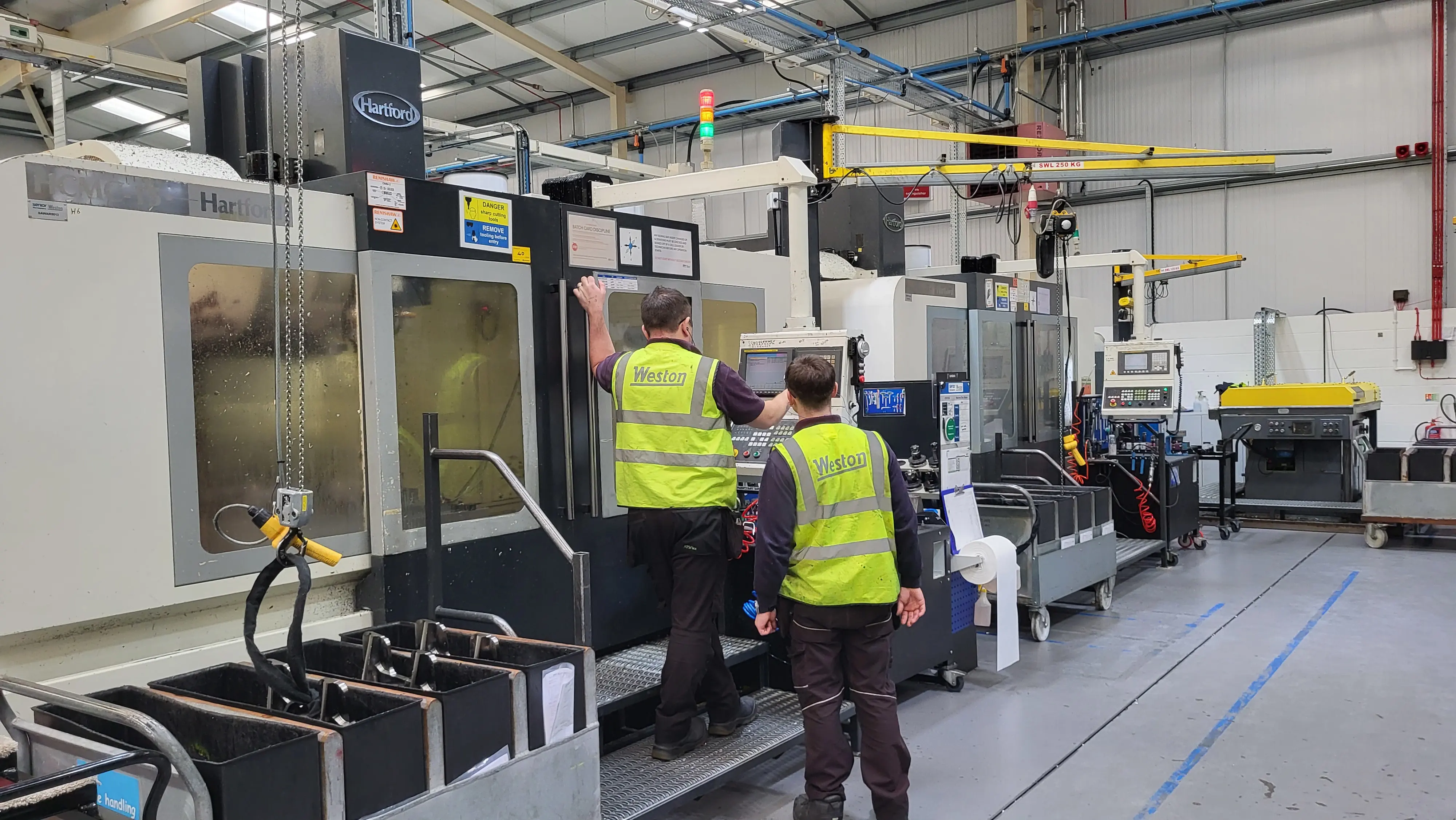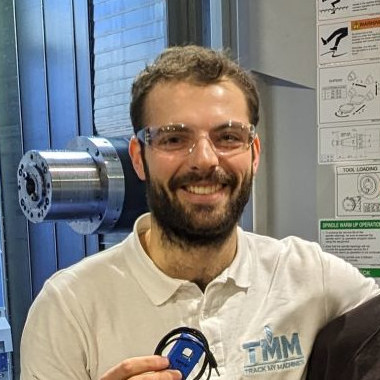
How to Apply Continuous Improvement in CNC Manufacturing
Sunday Jun 08, 2025
Everyone talks about continuous improvement. But in most CNC shops, it’s not always clear where to start.
The reality is: continuous improvement doesn’t have to mean huge overhauls. Often, it’s about fixing the basics—then building from there.
Here’s how to apply continuous improvement practically, starting with low-effort changes that can deliver immediate results.
1. Control your procedures
Before investing in tech or starting Kaizen events, make sure your basic procedures are under control:
-
Tool setting and fixturing: Are setups documented, repeatable, and easy to follow?
-
Program control: Are you confident you’re always running the right version of a program?
-
Releasing work to the shop floor: Do operators have clear, up-to-date instructions for each job?
-
Job booking and feedback: Are you collecting real setup and cycle times—or guessing?
Shops with good procedures already have a head start.
2. Control your process
Once your CNC procedures are in place and your operators know exactly what to do, you can start to control your manufacturing process. If your programs are littered with optional stops (M00 and M01) for swarf clearance and tool changes, your process is uncontrolled.
This will make it harder to run efficiently today, as you can’t predict how long a job will take to run. It will also make it harder to automate, as you can’t leave the machine unmanned for long periods of time.
Process engineering is a key part of Continuous Improvement. It means selecting the right cutting tools, workholding and parameters. The first aim should be to produce quality parts reliably with zero operator intervention, then to reduce cycle time if required. It’s better to make a good part a few minutes slower than a bad part as fast as possible.
3. Schedule Work with Capacity in Mind
Now your shop is run by good reliable procedures and the processes are controlled, you can now use historical production data to schedule work more predictably.
Continuous improvement in production planning means:
-
Estimating job times based on actual history—not guesses
-
Factoring in real machine availability
These two things together mean you can schedule work more consistently, and machines aren’t starved or overworked.
This starts with tracking how long jobs actually take to run. If your planned vs. actual times are always off, that’s the first thing to fix.
4. Automate the Quoting Process (or Make It Smarter)
If you’re still quoting manually or relying on tribal knowledge, you’re missing a major opportunity for improvement.
Accurate job data = accurate quoting. With real setup and cycle time feedback from the shop floor, you can quote with confidence—and stop underestimating job costs.
If you can start to build spreadsheets that help with quoting, responding to customer requests quicker and accurately without relying on a single estimator will mean more jobs won.
5. Introduce Live Feedback Loops
Once you’ve got your house in order, start bringing live data into the mix. That’s where systems like TrackMyMachines come in to automatically measure some of the things you measured manually:
-
Monitor actual machine uptime and downtime
-
Track job progress in real time
-
Identify setups or shifts with higher performance
-
See where machines are waiting, and why
This turns improvement from a monthly task into a daily habit.
6. Empower Your Team to Act on Data
The best ideas usually come from the shop floor. But your team needs data to back them up—and a way to see what’s working.
With live data and historical trends, operators and engineers can:
-
Prove where changes are needed
-
Track the results of new tooling or fixturing
-
Build a case for investment
It turns improvement into something measurable, not just gut feel.
Start small. Fix your job instructions. Track your setup times. Get quoting accurate. Then bring in monitoring, live dashboards, and feedback loops.
The shops that improve the most don’t wait for the perfect time. They just keep getting better—one step at a time.

